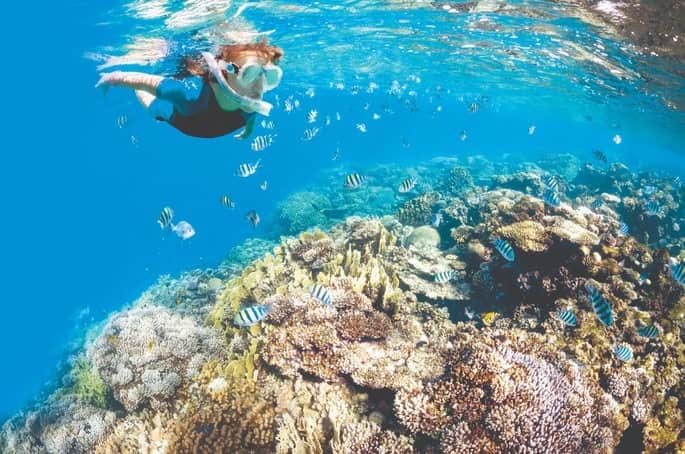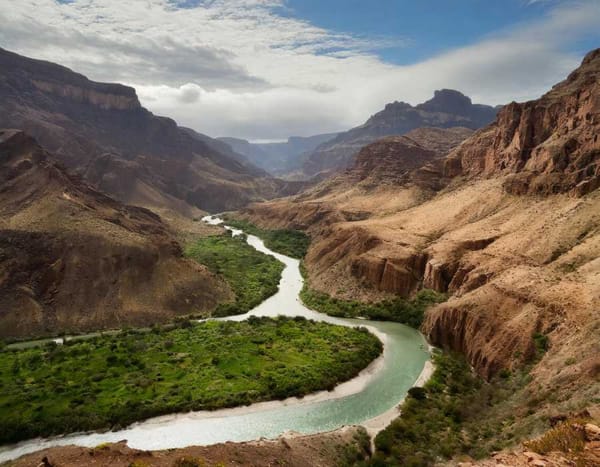Cocaine poisoning found in the Great Mayan Reef, study
A study published by the journal Environmental Pollution reports the high concentrations of cocaine found in water samples taken off the coast of Quintana Roo, especially Solidaridad.

A team composed of researchers from the Trent University of Canada, the Northwestern University of the USA, the Cinvestav of Mexico, and the Institute of Water, Environment and Health of Canada find the presence of the drug in the water of the corals. A study published by the journal Environmental Pollution reports the high concentrations of cocaine found in water samples taken off the coast of Quintana Roo, especially Solidaridad.
After describing the nature of the subsoil of the Yucatan Peninsula and how the leaks of treated water reach the Caribbean Sea, the researchers alerted the risk to marine fauna -including corals- by the presence of benzoylecgonine (BE), a metabolite of cocaine. In addition, cocaine and its primary metabolite, benzoylecgonine (BE) were detected in small amounts in POCIS deployed at the four sites, as illustrated by the levels of "total cocaine" (ie, cocaine plus BE).
The only possible source of these pollutants is treated or untreated and wastewater since all these compounds are excreted by humans in the urine and feces. Pharmaceutical products for human use, illicit drugs, and stimulants previously detected in surface waters downstream of discharges from wastewater treatment plants (Metcalfe et al., 2004; Postigo et al., 2010) and pharmaceutical products and caffeine have also been detected in groundwater contaminated by septic tanks. (Carrara et al., 2008; Seiler et al., 1999), "says part of the document.
It is worth mentioning that the phenomenon is not exclusive to the waters of the Caribbean Sea since international media report the same phenomenon in the waters of the River Thames in London, as well as the Ebro in Spain. To know more, an attempt was made to contact Dr. Rafael Rivera Bustamante, director of Cinvestav Mérida, but there was no luck; otherwise, it happened with Alfredo Arellano Guillermo, head of the Secretariat of the Environment (Sema) in Quintana Roo, who said he did not know the subject.
For the biologist, Roberto Rojo, director of the Sayab Playa del Carmen Planetarium, the presence of substances in coral water is unprecedented because new substances that include caffeine are entering.
"According to the article, not only cocaine but also other substances such as caffeine and as far as I know I have not seen any study on how it affects corals, however what is really happening is that we are entering substances that were not present in this ecosystem previously, "said the director of the Sayab Playa del Carmen Planetarium.
"It would be necessary to monitor more closely all this shipment of substances of all types of substances to the ocean. We should be aware not only of the corals that are the one that concerns us right now but of the other species, see what the affectation is, "he said.
The environmentalist Roberto Villalobos of the NGO "La Tierra es Nuestra Casa" expressed his concern about the results of the North American study of the waters of the Greater Mesoamerican Caribbean. "Hotel waste is a big problem for the reef, everything we discard hits the sea," he said.
"The case may be due to drug recalls. (...) What is required is something that has already been mentioned many times, the regulation of rooms in Cancun, in the Riviera Maya. We are exceeded in quarters which brings us an environmental problem in many ways. In the form of pollution, "he said.
He concluded by mentioning that the first action to be taken is to regulate the number of hotels, stop the growth of hotels with this nonsense, "he said," because they are building beyond the permitted specifications, analyze the next eco-friendly projects that are sustainable, that have a waste plant.




